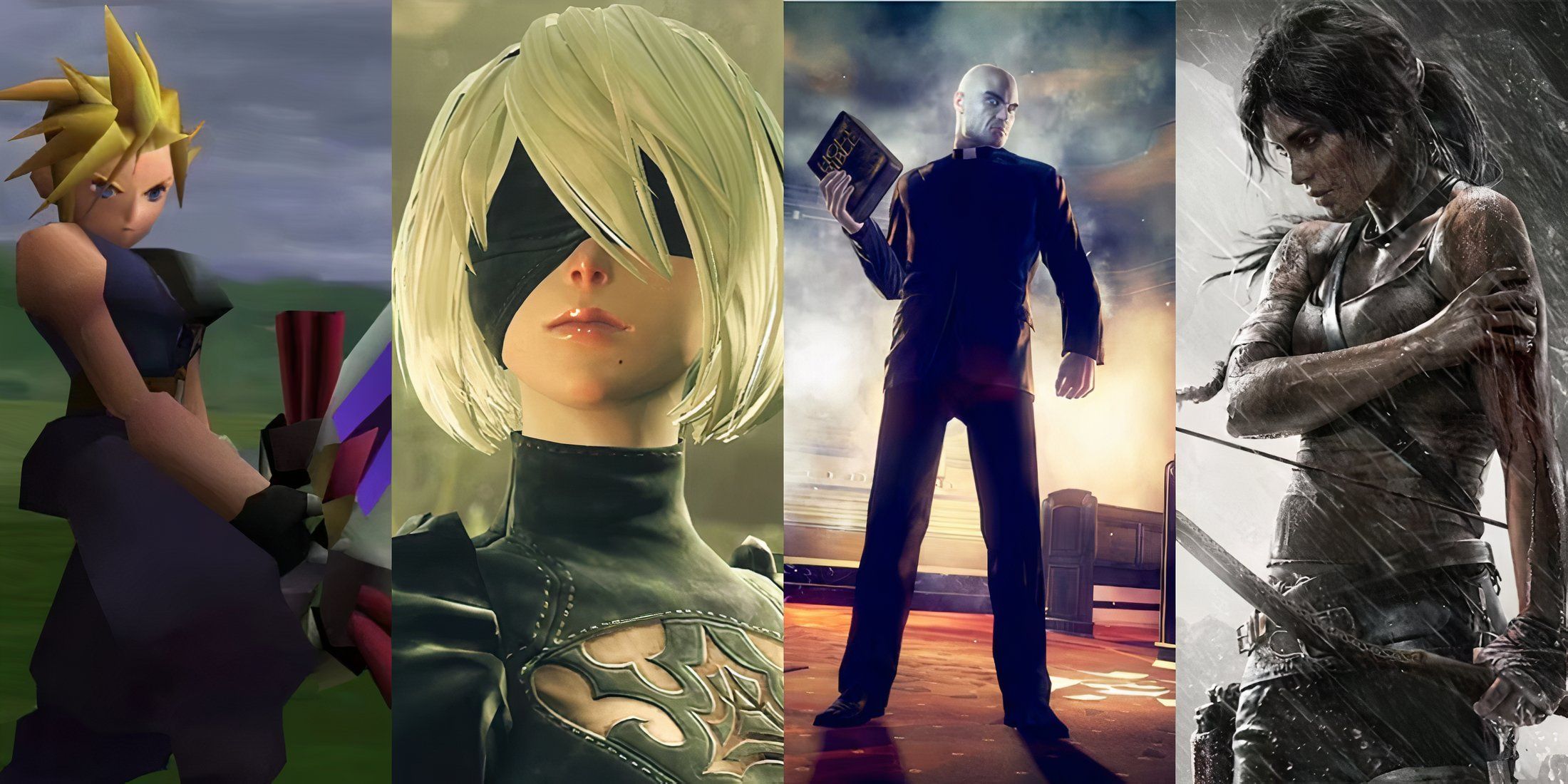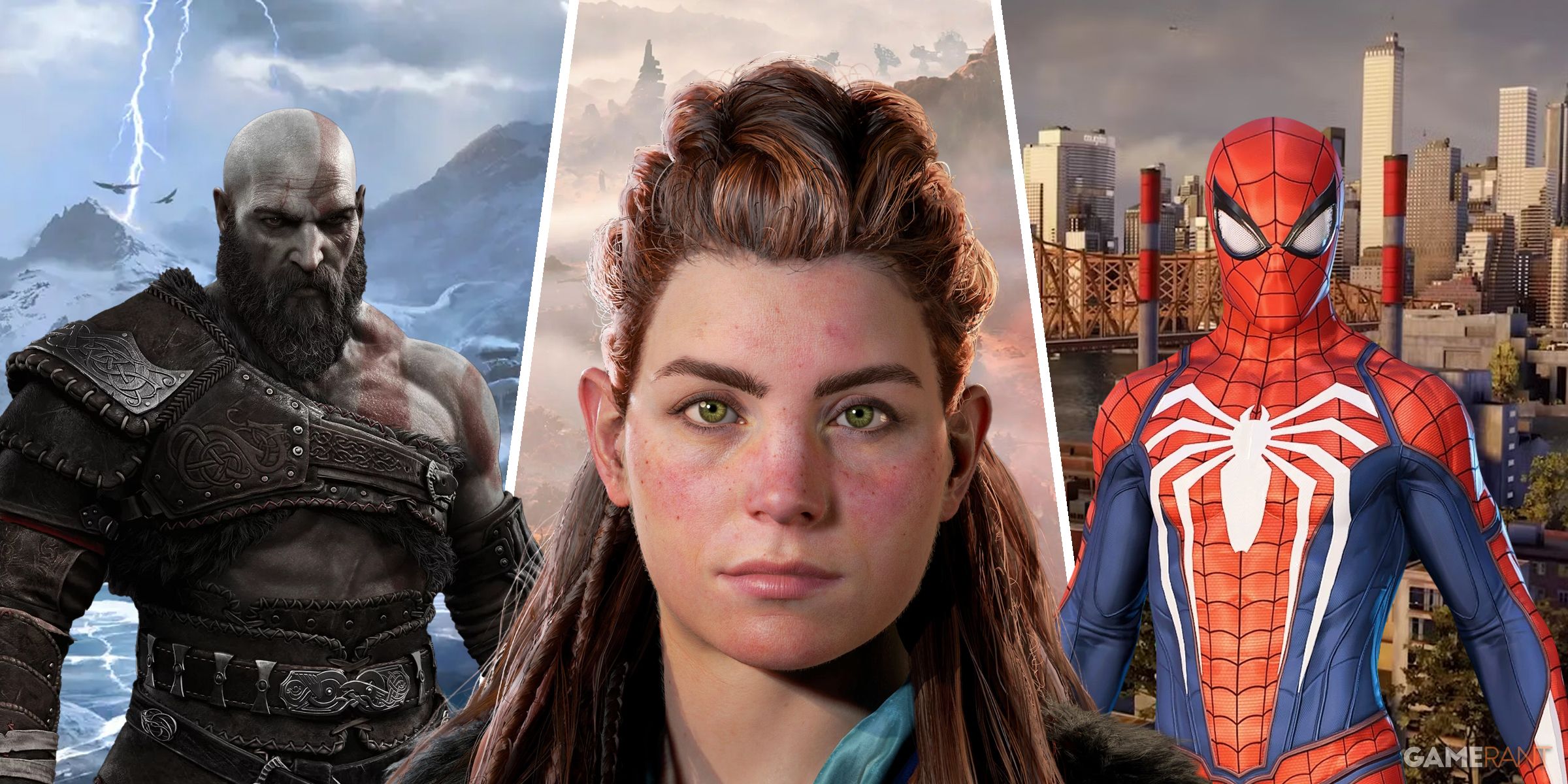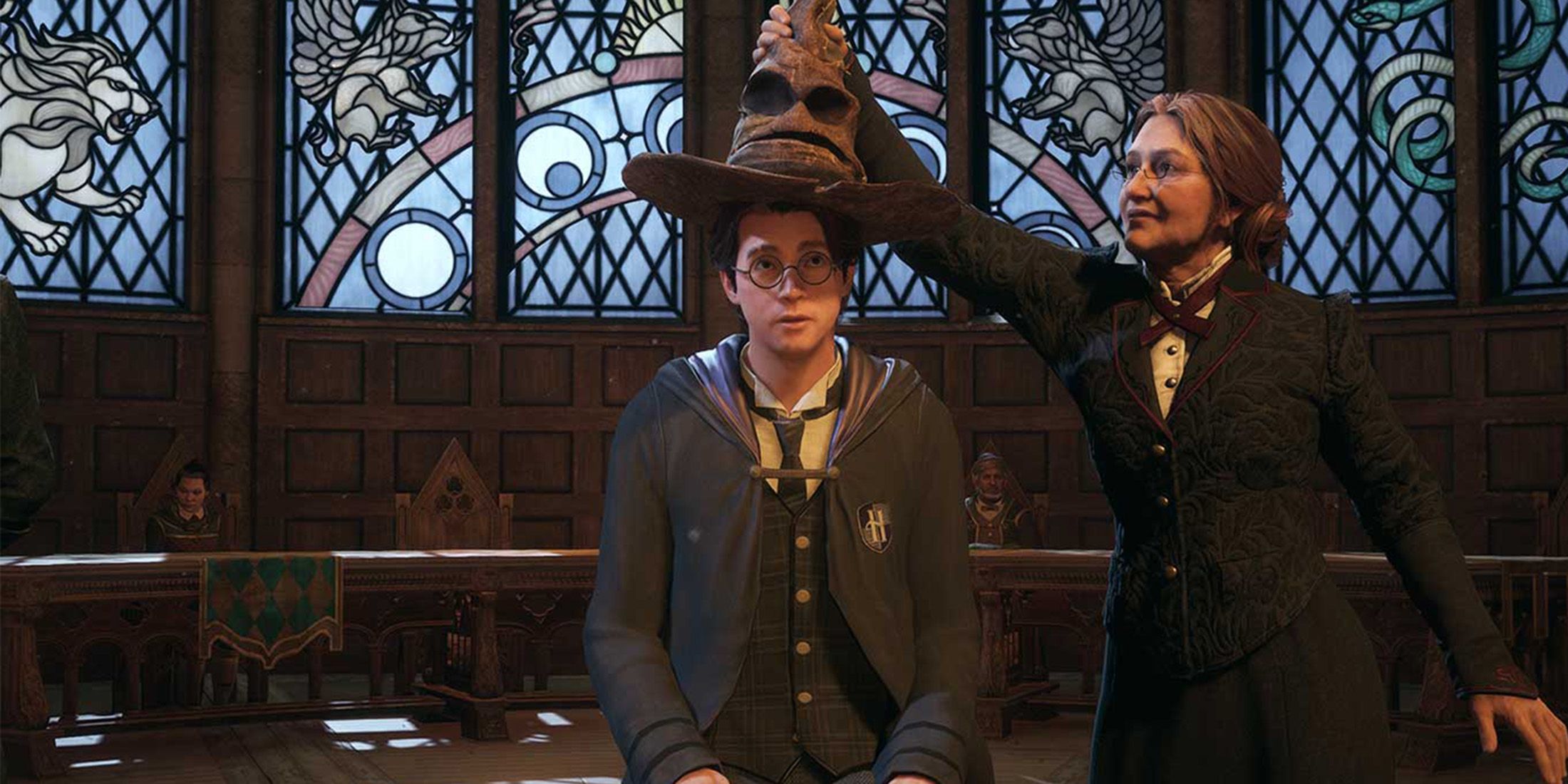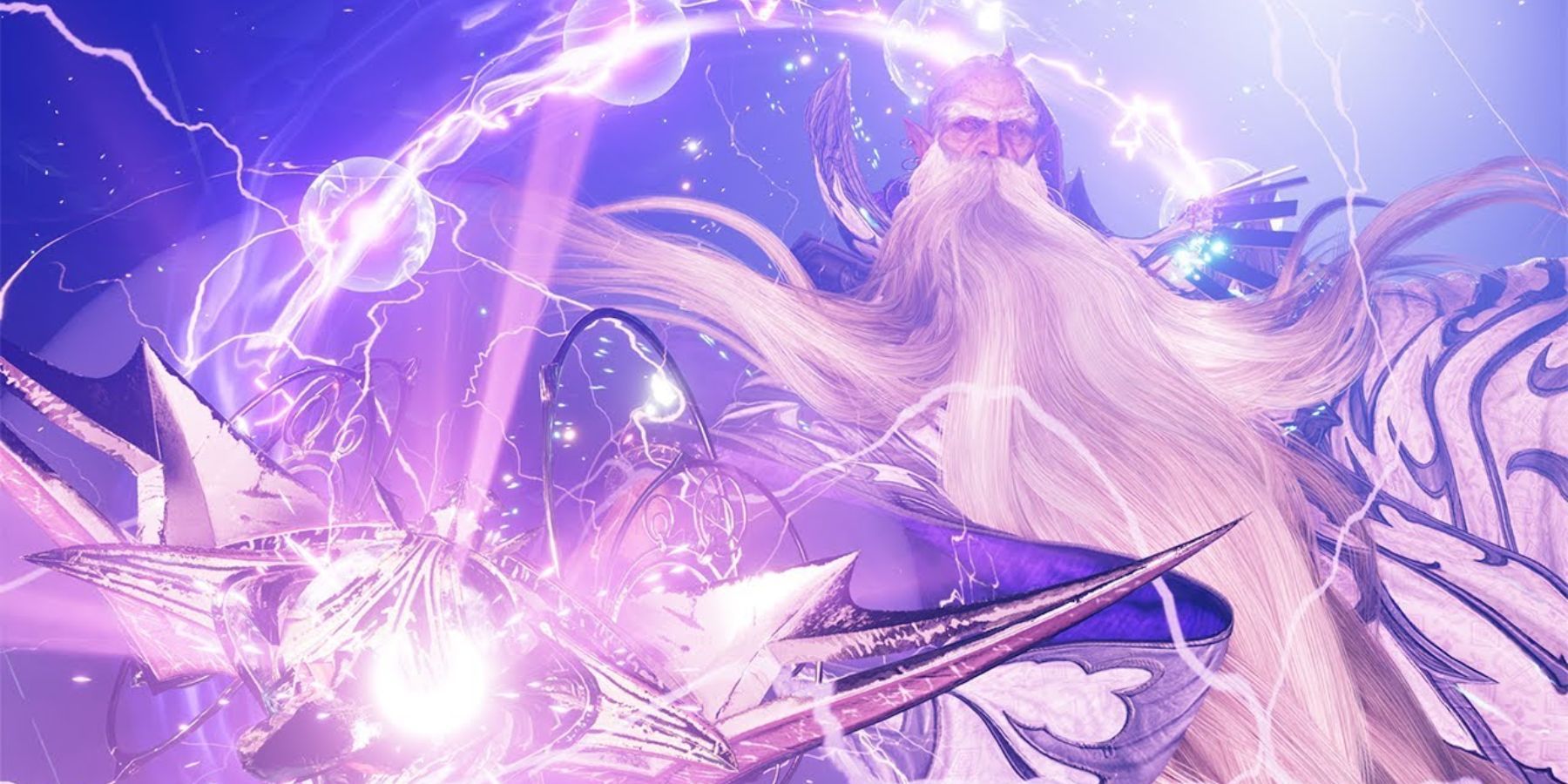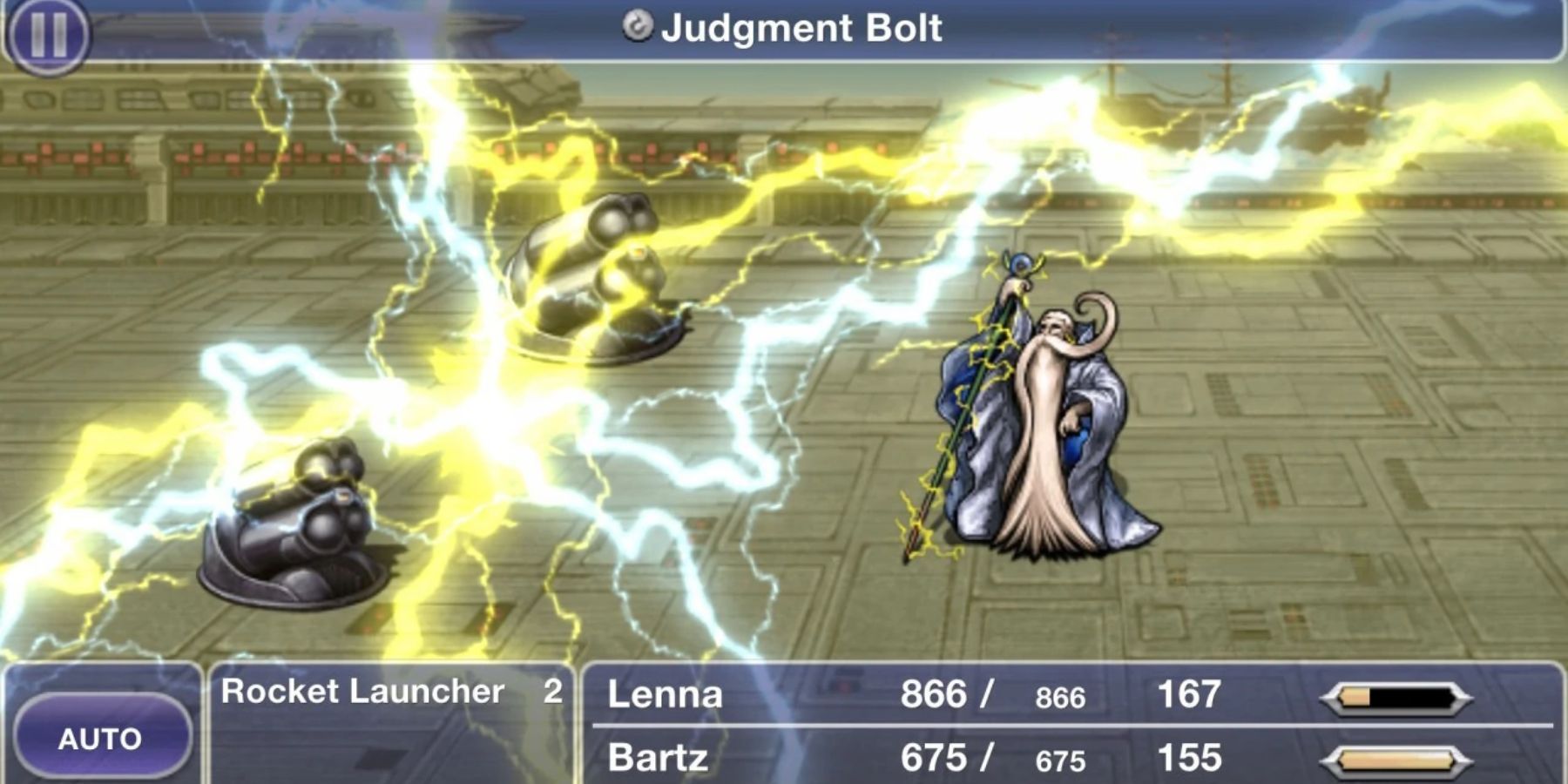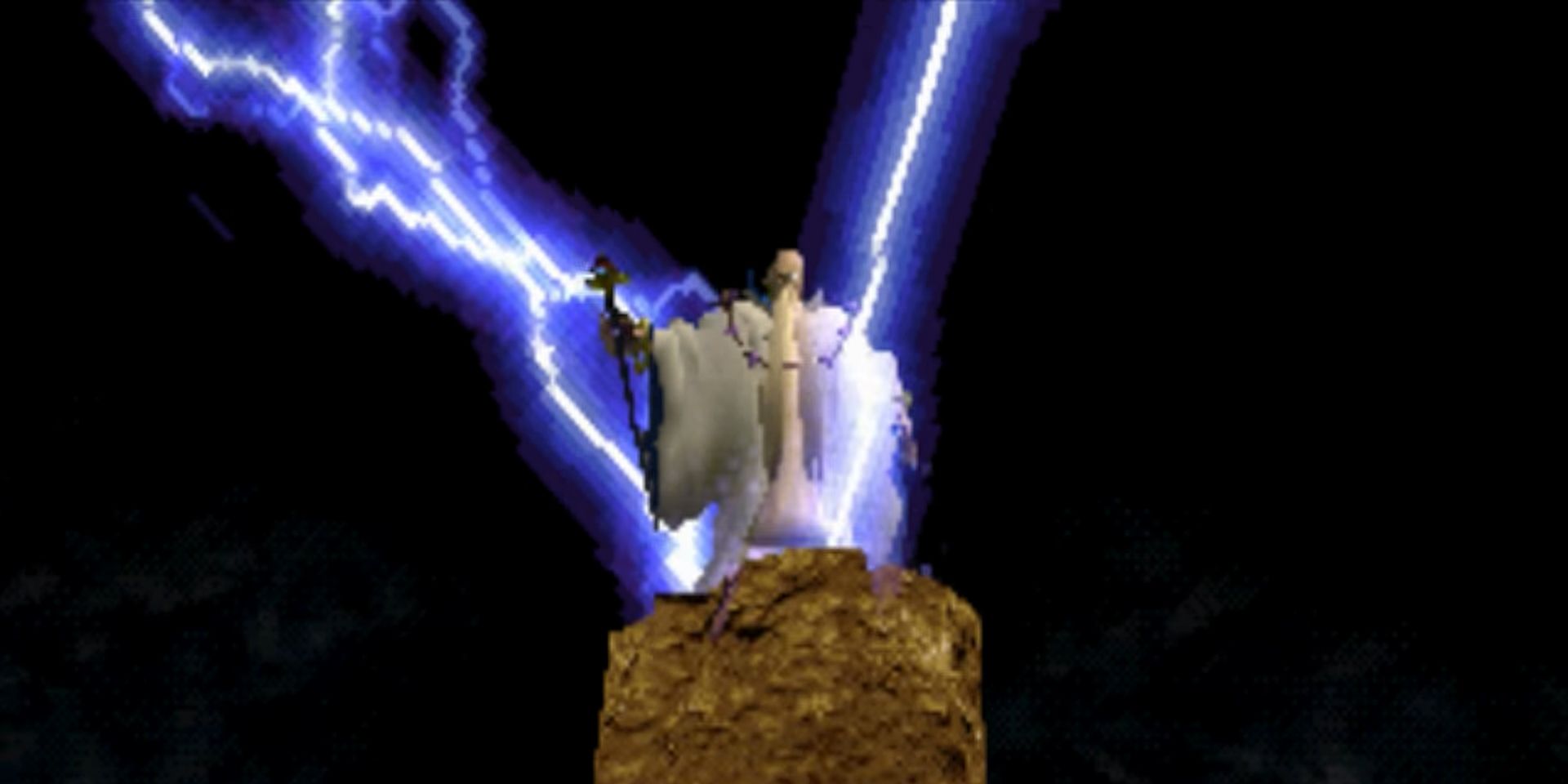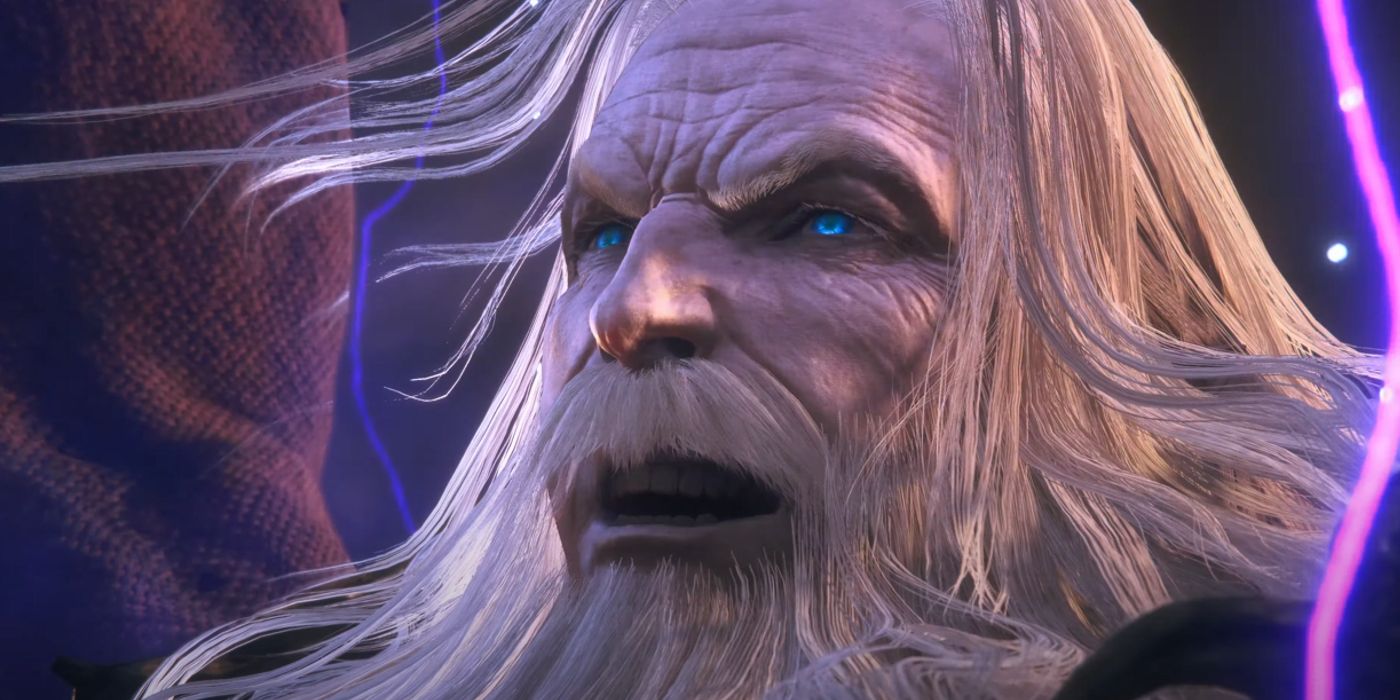The Final Fantasy franchise took a few games to build up its iconic imagery. Jobs were present in the very first game, but it took until Final Fantasy 3 for them to move beyond their initial Dungeons & Dragons inspirations. Similarly, plenty of classic monsters and even Bahamut were in the first Final Fantasy, but the full extent of FF's regulars were built up over the next few numbered titles. Even Cid, chocobos, and moogles were not present right away. Thanks to the Final Fantasy Pixel Remaster collection, fans now have the chance to see the steps that shaped what Final Fantasy would eventually become.
One of these steps was the introduction of summons. First seen in Final Fantasy 3, summons have become a core part of the franchise. Every Final Fantasy after a certain point seemed to be in a competition to present the flashiest summon animations, and some games even had summons take roles in the plot as opponents, guardians, and mentors. Through it all, a core set of summons remained mostly intact over the years: Ifrit, Shiva, Odin, Bahamut, Leviathan, and Titan have appeared more often than not, and they are usually joined by the electric sage Ramuh. While some of these summons have had multiple prominent rules over the years, Ramuh is usually content to stay in the background.
Ramuh's Humble Beginnings in Final Fantasy
Ramuh’s first appearance in Final Fantasy 3 would define him for the rest of the series. Ramuh always appears as an old man with a long beard and mustache, a mostly bald head, and long, flowing robes. The name Ramuh and alternate name Indra are both drawn from Hindu mythology, though how “Ramuh” came about isn’t clear. Ramuh carries a staff that he uses to call down bolts of lightning, including his signature ability Judgment Bolt.
His exact design has varied, but Ramuh has changed the least out of all summons across Final Fantasy. Once players have the Evoker, Summoner, or Sage jobs, they simply need to purchase the Level 3 Summon Magic spell Spark. At that point, depending on the user's class, Ramuh will use either the White Magic Mind Blast, the Black Magic Thunderstorm, or his ultimate technique Judgment Bolt.
This tendency for simple appearances sticks for the next couple of games, with Ramuh's abilities becoming simplified further. From Final Fantasy 4 onward, Ramuh typically uses Judgment Bolt and nothing else. In FF4, he is even one of the summons Rydia already has when she rejoins the party in the Dwarven Castle. The PSP and GBA re-releases include Ramuh as an optional boss, but he otherwise has little to do in FF4. Final Fantasy 5 has Ramuh take the form of a boss for the first time, appearing randomly in the forest outside Istory - or in the castle section of Interdimensional Rift. He submits himself to the party upon defeat, and actually has a short cutscene talking to the party's Ifrit to note that they have never been enemies.
Ramuh Slots in Neatly as a Mentor for Final Fantasy Protagonists
That wise and peaceful characterization became how Ramuh was written whenever he had a meaningful speaking role. This was set in stone by Final Fantasy 6, which to date may be Ramuh's most notable appearance. After Terra Branford loses control of her powers, Ramuh calls her to his side in Zozo and watches over her. When the Returners climb his tower, he explains the situation, and how he is one of the very few espers to have escaped the Empire's Magitek Research Facility unscathed.
At some point, Ramuh also appeared to Mog in a dream and encouraged him to join the party. Ramuh hands the heroes the magicite remains of three of his friends, and transforms himself into magicite to help their efforts. Other espers are stronger than Ramuh, but his Thunder, Thundara, and Poison spells are useful while infiltrating the Research Facility.
Ramuh dipped back into obscurity for a short time after that. His Final Fantasy 7 appearance comes as the Ramuh Materia found in the Gold Saucer, which can be permanently missed if the player does not pick it up shortly after Barret defeats Dyne. Final Fantasy 8 is the first mainline entry since FF3 where Ramuh does not appear, instead replaced by new electric Guardian Forces. The same is true for Final Fantasy 10 and Final Fantasy 12. Final Fantasy 9 is Ramuh's next story-relevant appearance, in which he appears to Garnet after her eidolons are extracted from her. After completing Ramuh's trial, he gives Garnet a Peridot and disappears, making him the first eidolon Garnet is likely to summon.
Ramuh Continues to be Underused in Modern Final Fantasy
Ramuh is, like most summons in Final Fantasy 11, an optional trial. Even with his most ominous-looking design, Ramuh remains the same helpful and quiet wizard as ever. After skipping FF12, he briefly cameos as a Cocoon Eidolon in the Nautilus Park play in Final Fantasy 13, with concept art also showing him as a Pulse fal’Cie. While he has some plot relevance and a boss fight in Final Fantasy 14, he is more reserved than the other elemental Primals, and was not fought in the initial A Realm Reborn story.
Finally, Ramuh is the second summon Noctis obtains during Final Fantasy 15, and the first one seen by players in the Episode Duscae demo. Ramuh is the only Astral in FF15 with no speaking role, but at least he has the most lax summoning requirements, and will thus be the most helpful.
Even though Ramuh core roster of Final Fantasy summons, he tends to be included due to his legacy. He still works well as both a wise old man and an arbiter of justice, but has changed very little over the years. Not much is known about his Final Fantasy 16 incarnation yet, but he will be present as an Eikon. Ramuh's Dominant will likely inform his personality, though it would be subversive for FF16 to make them anything other than a wise old man. As the next Final Fantasy is setting up summons to be the core of its story, hopefully Ramuh will be significant again, and not just another power source for Clive.
Final Fantasy 16 is in development for PS5.

